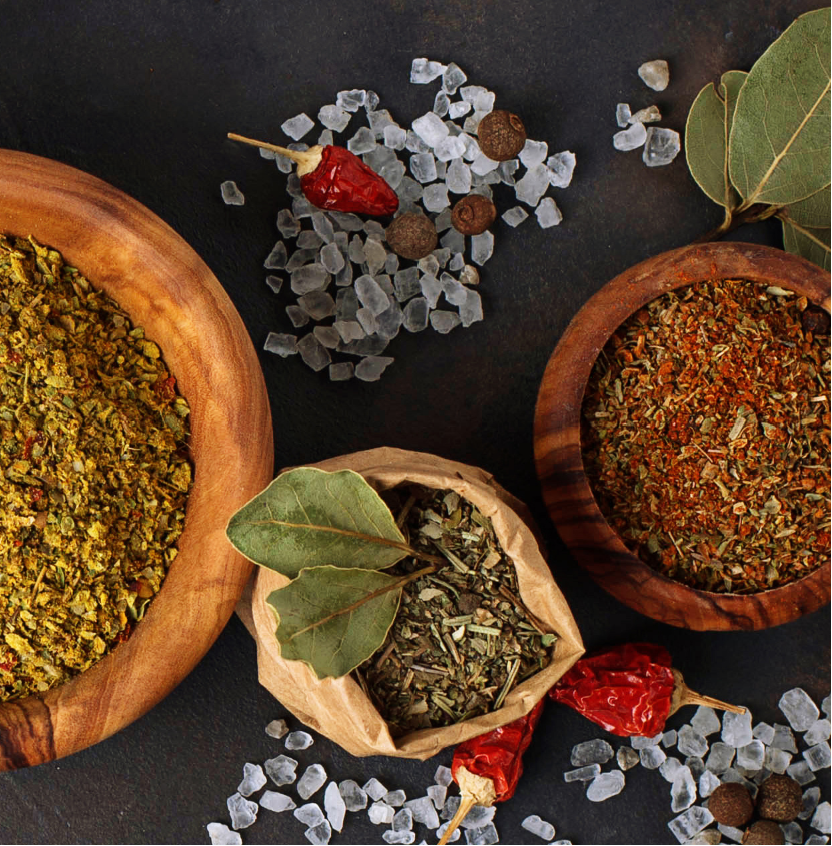After years of being treated like a religious cult, spa therapist, or some nonsensical psycho fufu—finally, Ayurveda Practitioners like me are being recognized and respected in the USA.
India- I know you take your Ayurveda doctors for granted; however, here in the west, we have struggled, worked hard to make Ayurvedic Medicine a known quantity in the United States. Yours truly included.
Allow me to clarify. I am the director of an Ayurveda college here in Texas, USA.
I started my practice in San Diego, California, around 13 years ago. People would tell me they thought that Ayurveda was a shampoo. Or a massage. Or, some weird smelling oil.
We have come a long way in the last 13 years, though. Things have changed.
Organizations like NAMA (National Ayurvedic Medical Association) have led the charge by creating standards, creating board exams, and now helping out with an accreditation council that accredits Ayurveda Schools.
Teachers like Deepak Chopra have made Ayurveda very accessible. Mind you; it's still not mainstream as Yoga. There are 50,000 yoga teachers in America. Did you know that Americans spent around $16 billion on yoga classes, equipment, clothing, and accessories in 2019 alone? Whew!
That number blows my mind.
Compared to that, Ayurvedic Medicine is still creeping out of the shadows. However, compared to a decade ago, it's not dead and buried. We don't have a deep-pocketed organization like Patanjali, and we don't have a Dabur here. We have small to medium organizations selling supplements.
Another new development is the popularity of Ayurvedic books. Ayurvedic books are now best sellers.
In the last three years alone, I have had at least one person come in each month, clutching an Ayurveda book in their hands—with careful notes.
"How did you come to hear about my Ayurveda Practice?" I ask.
"Well, I read a book about Ayurveda and then googled you. Here I am" is the response.
The scope of an Ayurvedic Physician in India, who is considered a medical professional, is VERY different from that of an Ayurvedic Practitioner in the USA.
We are not allowed to treat, cure, diagnose, or prevent any disease.
Period.
We are alternative health practitioners.
Here's an excerpt from my book -Essential Guide to Ayurveda- A Textbook for Students and Counselors.
"An Āyurvedic practitioner wears many different hats. No other holistic modality on the planet requires a practitioner to serve in so many roles: healer, listener, astrologer, teacher, philosopher, herbalist, and expert in Sanskrit texts like the Caraka Saṁhitā. Most practitioners, whether they intend to or not, have worn the hat of a public speaker as they try to educate those around them.
When I tell people, I practice "Āyurvedic medicine," I also explain what an Āyurvedic practitioner is, what an Āyurvedic counselor is, and how these two different types of American Āyurvedic professionals differ from an Indian-educated Āyurvedic physician or a vaidya trained in India.
Different audiences in different countries require different definitions."
Compare this with training in India-where 4-5 years of training equivalent of 4000 hours of education is the foundation.
Ayurvedic Spa therapies have become popular here in the States.
Recently, a leading hotel brand has opened an Ayurvedic Spa just outside Austin, Texas.
The big and most famous spa remains The Raj in Iowa.
Abhyanga (oil massage) and Shirodhara(oil drop) remain the most popular Ayurvedic therapies in the Spa business.
With thousands of Ayurveda Practitioners opening their practice all over North America, this decade will be the decade of Ayurveda. Move over, Yoga.
Here we come.
Monica Groover is the author of Ayurveda and the Feminine, and, Essential Guide to Ayurveda, A textbook for students and Counselors. Ms Groover is the director of Narayana Ayurveda and Yoga Academy in Austin, Texas





